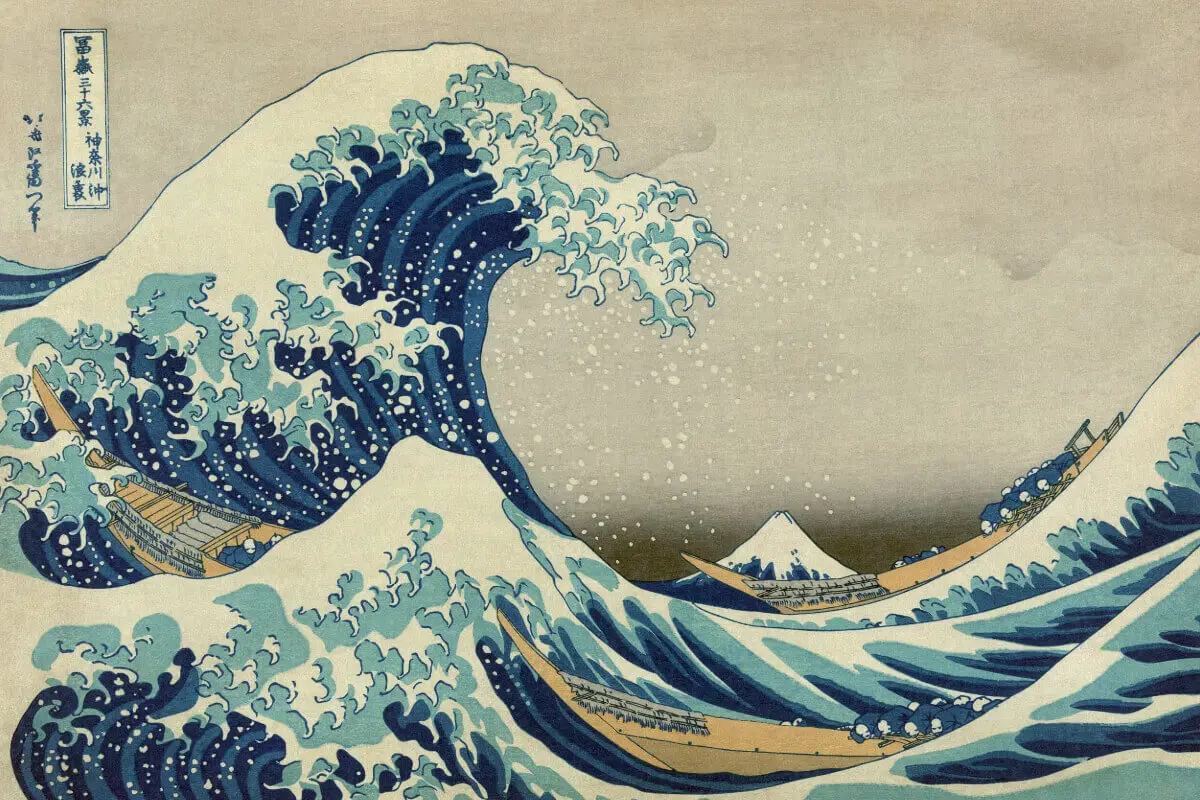From ancient pottery to the vibrant Superflat movement, Japanese art offers an incredibly diverse and rich treasure trove of creative expression that spans many centuries. Imbued with deeply rooted cultural significance, each artistic period in Japan introduces unique facets that contribute to an all-encompassing narrative of national identity, philosophy, and aesthetics.
Key players who pioneered these transitions, such as Katsushika Hokusai, Utamaro Kitagawa, Yayoi Kusama, and Takashi Murakami, have tipped the scales of international art trends. This article aims to guide you through the captivating journey of Japanese art, its evolution, and its impact, magnifying both traditional and modern figures. It works that have reshaped global perspectives of Japanese culture.
Table of Contents
- Evolution and Impact of Japanese Art
- Profile of Key Japanese Artists
- Examining Significant Art Pieces
- Related Questions
Evolution and Impact of Japanese Art
Japanese art offers a unique perspective on the country’s history and culture, as it exemplifies the dramatic shifts in social structures, political climates, and technological advancements throughout the centuries. Yet despite these changes, the essence of Japanese aesthetic ideals, even in contemporary works, can be traced back to early artistic traditions. This blog explores the historical evolution of Japanese art and its profound influence on international art movements.
Beginning during the Jomon period (14,000-300 B.C.E), early Japanese art was primarily characterized by pottery embellished with cord markings – a distinctive style that lent its name to the era. These pieces were not only functional but also represented the artistic sensibility of the time.
As Buddhism arrived from Korea around the mid-6th century, the Asuka (538-710) and Nara (710-794) periods saw the introduction of religious sculptures and temple architecture, shifting from indigenous aesthetics to continental influences.
The subsequent Heian period (794-1185) brought forth a renewed focus on Japanese aesthetics, underscored by the development of Yamato-e. This painting style often depicted courtly life and landscapes with distinctly Japanese themes.
The Kamakura period (1185-1333) was marked by a new realism in sculptural forms, influenced by the rise of the Samurai class. During this period, the ‘Jocho’ style of Buddha statues, known for their gentle expressions, became famous.
By contrast, the Muromachi period (1336-1573) represented a shift towards the aesthetics of Zen Buddhism. The meditation practice influenced ink painting (Suiboku-ga), a monochromatic and minimalist style capturing the subject’s essence.
The Momoyama period (1573-1615) introduced an extravagant and dynamic art style, reflected in the elaborate castles with sumptuous wall paintings and brilliant gold leaf decorations.
In the Edo period (1603-1868), Ukiyo-e, or “pictures of the floating world”, became central to Japanese art. These often featured courtesans, kabuki actors, and beautiful landscapes, delineating vivid narratives of everyday life.
Shifting to a more global perspective, the 19th century, or the Meiji period, saw a profound Western influence on Japanese art, from architecture to visual arts. It demonstrated a sense of adaptability, later facilitating the fusion of traditional and modern styles.
In the 20th and 21st centuries, incorporating manga, anime, and aspects of the country’s pop culture, contemporary Japanese art has continued innovating and inspiring, showcasing a rich blend of traditions and current global trends.
Through this journey, Japanese art has undeniably impacted global art movements. Ukiyo-e prints, for instance, dramatically influenced the Impressionist and Art Nouveau movements in Europe, inspiring artists like Vincent van Gough and Gustav Klimt.
Zen art’s minimalism and simplicity have informed modernist art and design. Contemporary Japanese artists like Yayoi Kusama and Takashi Murakami have continued to make waves in the international art scene, reshaping the global understanding of art and its potential.
The historical evolution of Japanese art is not a linear progression but a dynamic oscillation between maintaining tradition and embracing change, resulting in the multifaceted and globally impactful art scene that Japan boasts today.
Profile of Key Japanese Artists
Pioneering Japanese Artists Shaping The Global Art Scene
Resilient as a bamboo shoot in spring, yet delicate as a sakura petal on the wind — that is the spirit of Japanese art. It breathes life into the universe, boldly steps into uncharted territories, and transports viewers to new realms through the kaleidoscope of its unique aesthetics. Without further ado, let’s embark on a journey to explore some of the notable Japanese artists who have made significant contributions to the global art scene.
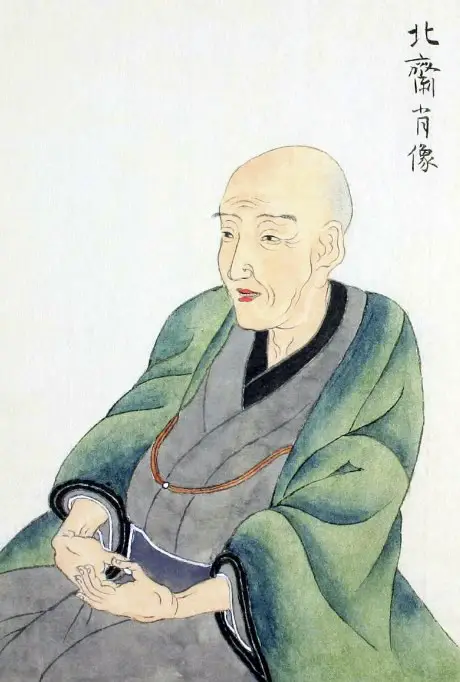
Katsushika Hokusai, an ukiyo-e painter and printmaker, birthed some of Japan’s most iconic works throughout the Edo period. His woodblock print series, “Thirty-Six Views of Mount Fuji,” includes the internationally esteemed piece, “The Great Wave off Kanagawa.”
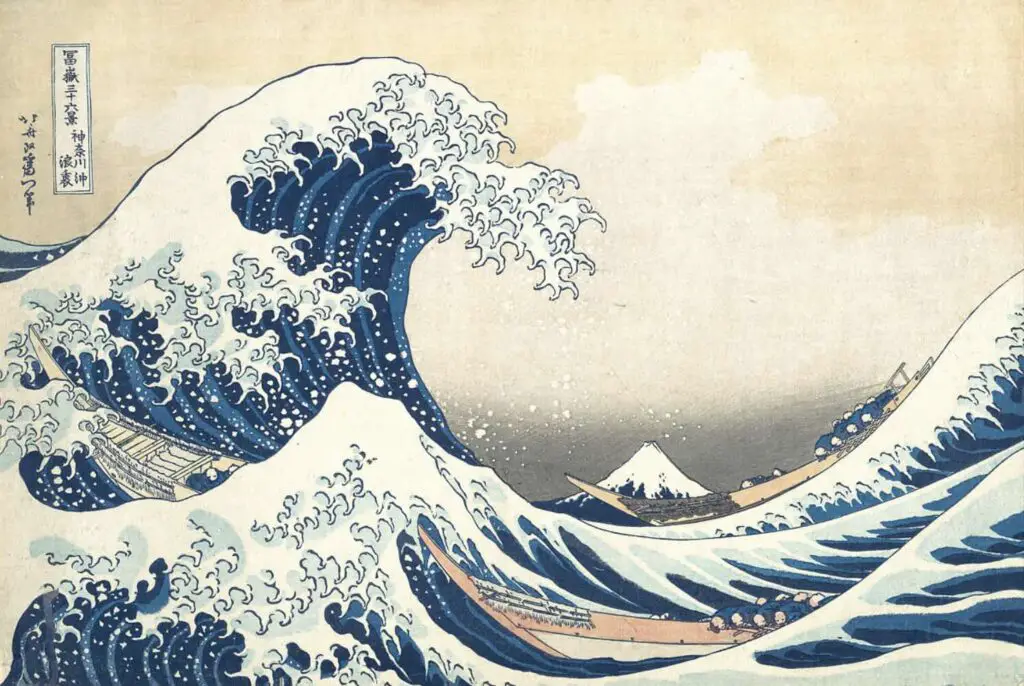
Hokusai’s intricate compositions, nature-centric themes, and innovative use of color significantly influenced European Impressionists like Monet and Van Gogh.

Utagawa Hiroshige, a contemporary of Hokusai, distinguished himself through his landscape ukiyo-e prints. His series, “Fifty-Three Stations of the Tokaido,” presents arresting imagery of Japanese life and landscapes, demonstrating the harmony between humans and nature.
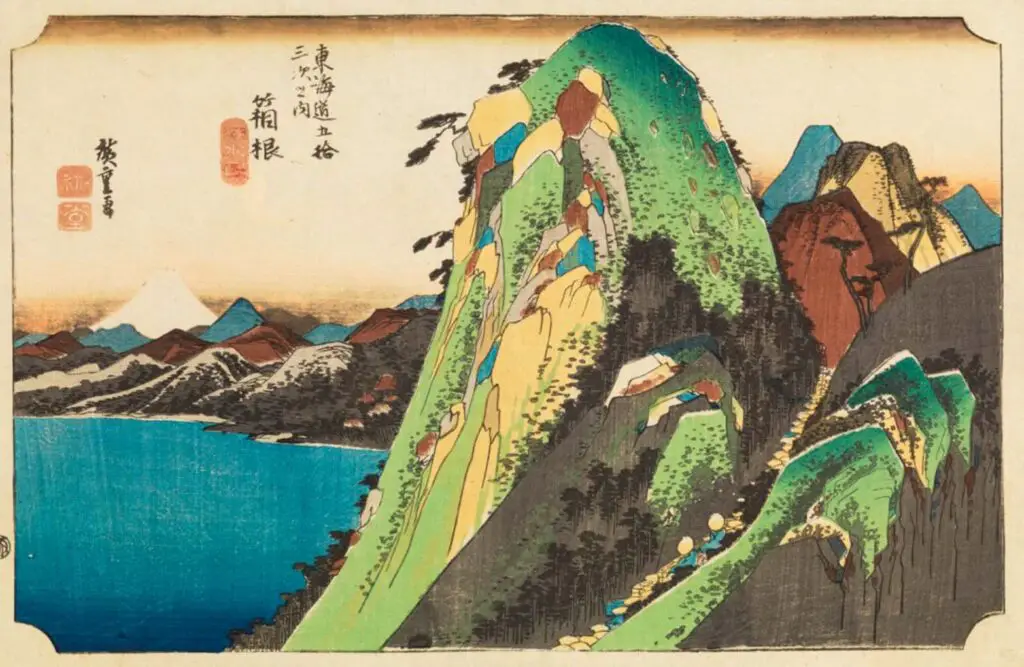
Hiroshige’s work profoundly influenced European Post-Impressionists, contributing to the Japonism craze of that era.
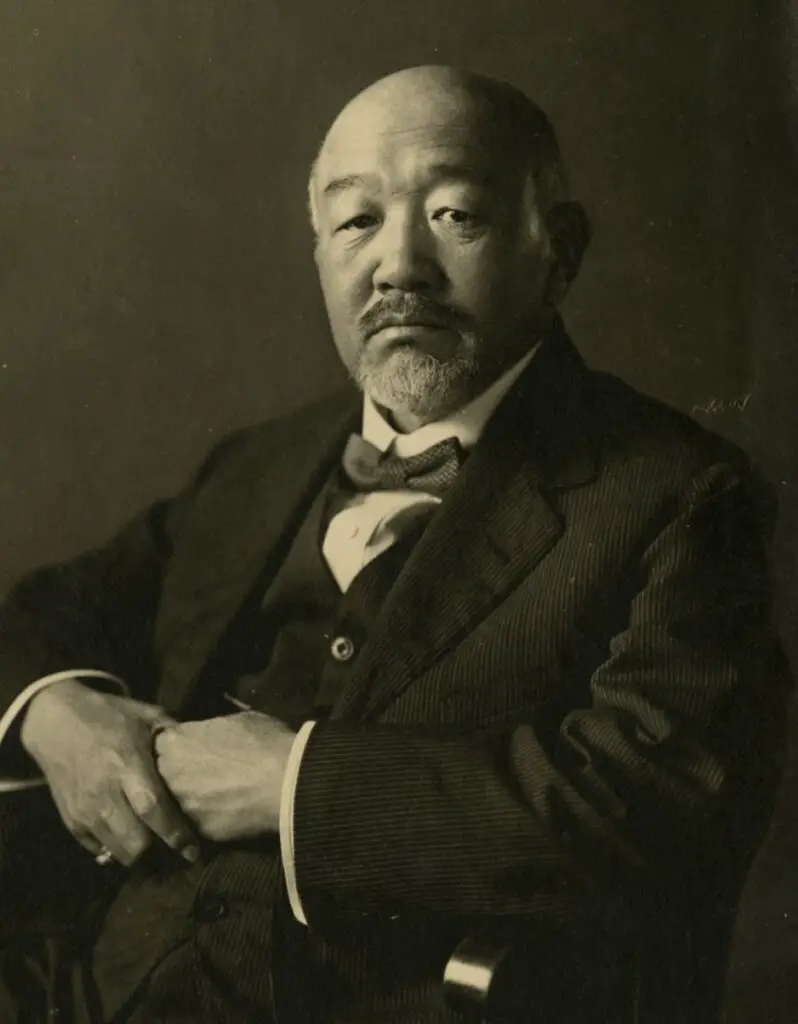
Moving into the modern period, the Meiji era artist Kuroda Seiki is the father of Western-style painting, or yōuga, in Japan.

His masterpiece, “Wisdom, Impression, Sentiment,” marks a bold departure from the traditional nihonga painting style and introduces Western realism into the Japanese art scene.

The dynamic 20th century brought forth influential figures like Yayoi Kusama. Known for her immersive infinity mirror installations, Kusama’s bold, psychedelic colors and thought-provoking forms explore concepts of infinity, self-image, and compulsive repetition, reflecting her ongoing struggle with mental illness.
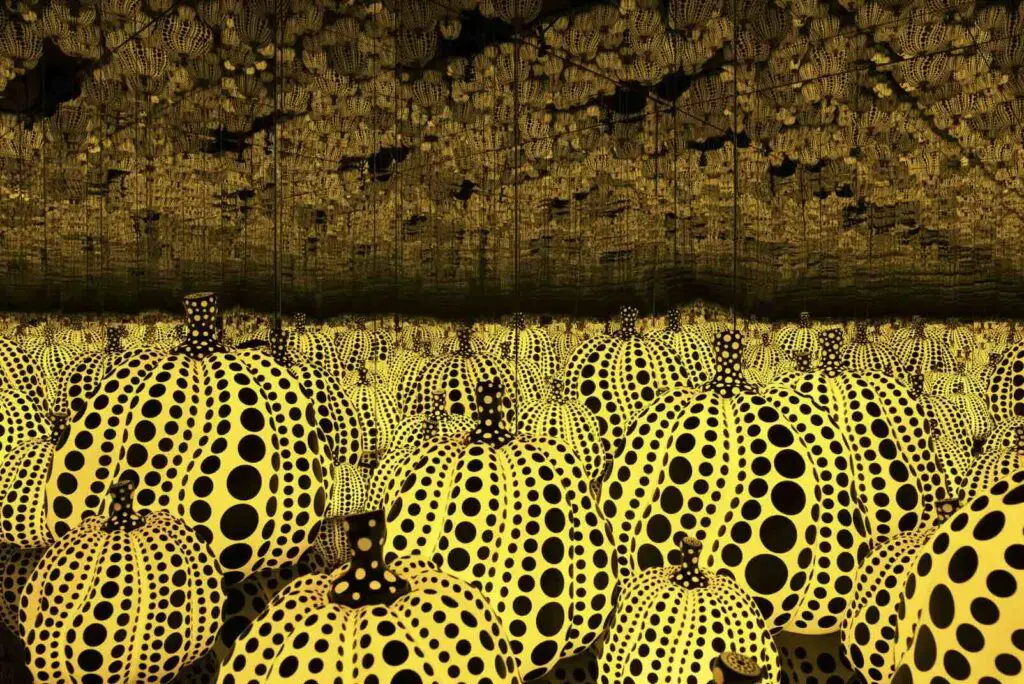
Her art challenges viewers, encourages introspection, and has been celebrated in major global art venues.
These innovative Japanese artists have pushed the boundaries of creativity, forever changing the face of art at home and abroad. They have knitted together threads of tradition with sprouts of modernity, producing a rich tapestry that continues to inspire, disrupt, and harmonize across the dynamic spectrum of the art world.
Examining Significant Art Pieces
Pioneering Minds Behind Japan’s Artistic Legacy: A Chronicle of Influential Artworks
Delving deep into the world of Japanese art, one can’t help but admire the diverse and ground-breaking works created by its distinguishable artists. Each artistic piece serves as a mirror to its era, reflecting the changing societal norms and the dynamic cultural shifts that occurred throughout Japan’s rich history.
Starting with woodblock prints, an influential figure who masterfully created art with this technique is Katsushika Hokusai. Sparking a wave of ‘Japonisme’ in the 19th century, Hokusai’s ‘Thirty-Six Views of Mount Fuji’ series, including the well-renowned artwork ‘The Great Wave off Kanagawa,’ unveiled the ordinary life and sublime aspects of nature in Japan. With their vivid color schema and utmost attention to minute details, these artworks introduced the world to the untouched edges of Japanese life.
Following a similar path but with a focus on landscapes, Utagawa Hiroshige made his mark with his series ‘The Fifty-Three Stations of the Tokaido,’ which shows various locations between Tokyo and Kyoto. Capturing the solitude of rural life juxtaposed with bustling city scenes, Hiroshige’s work remains one of the most significant ukiyo-e collections in the world, continuing to inspire artists and art lovers globally.
As Japan opened itself to Western influences towards the end of the 19th century, the use of ‘yōga’ or Western-style painting techniques was amplified. This is highly credited to Kuroda Seiki, the “father of modern Western-style painting” in Japan. Through his artwork, ‘Wisdom, Impression, Sentiment,’ unveiled in 1898, he introduced Western realism into Japanese fine art, ushering in a transformative era for the nation’s artists.
Moving towards contemporary times, Yayoi Kusama’s infinity rooms invite immersion into a world of polka dots and mirrors. Obsessed with obliteration, self-image, and infinity, Kusama’s remarkable installations explore the mysteries of the cosmos. Her work, such as ‘Infinity Mirrored Room—Filled with the Brilliance of Life,’ borders between the surreal and beautiful and has secured her place in the annals of contemporary art.
Furthering the fusion of traditional and contemporary styles, Takashi Murakami blends elements from manga, anime, and ‘nihonga’ (a traditional style of Japanese painting) in his creations. Known for his monumental sculptures and vibrantly colored works, including ‘The Deep End of the Universe,’ his ‘Superflat’ theory emphasizes the interconnectedness of high and low art. It reflects the shallowness of contemporary consumer culture.
These artists have left an indelible impact on the global canvas by sculpting, painting, and crafting works that reflect the depth and diversity of their homeland. Their contributions to the art world extend beyond national boundaries, resonating with a universal audience. Pieces created by these revolutionary artists have shaped the course of Japanese art history and radiated their influence worldwide, redefining our understanding and appreciation of art.
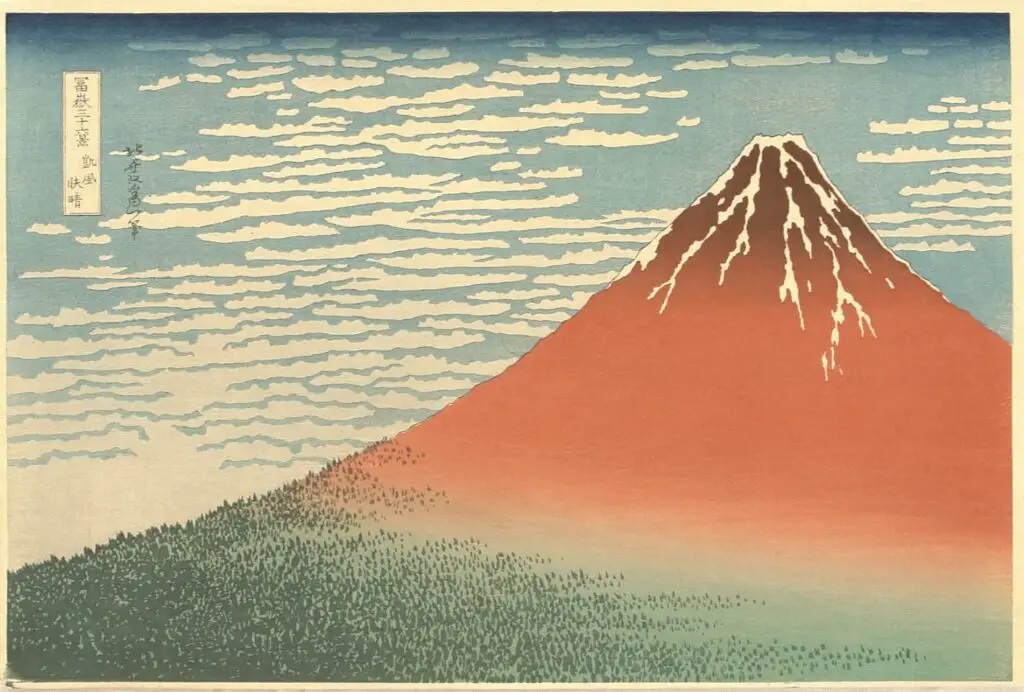
Immortalized in the works of artists like Vincent van Gogh and Claude Monet, Japanese art’s influence on the Western world defies temporal and geographical boundaries. Japanese artistry has breathed new life into Western contexts by integrating the distinct aesthetic values it champions, with roots in Buddhism and urban chaos.
Its design principles redefine our understanding of beauty, intrigue, and human expression today. As we navigate through the multifaceted world of art, the narrative of Japanese art stands as a testimonial to the enduring power of cultural exchange and the universal language of visual creativity.
Anita Louise Art is dedicated to art education, great artists, and inspiring others to find and create their art. We love art that uplifts and inspires. #ArtToMakeYouSmile! #ArtToMakeYouHappy!
If you are interested to see any of my art, you can find out more by clicking here. If you are interested in what inspires me and my paintings, you can discover more by clicking here.
We have a free newsletter and would love you to be part of our community; you can subscribe to the newsletter by clicking here. If you have any questions, I would be happy to talk to you anytime. You can reach me, Anita, by clicking here.
Subscribe to our Anita Louise Art YouTube Channel with great videos and information by clicking here.
Join us for our podcast “5 Minutes With Art.” Spend just 5 minutes a week with us to discover and learn about great art and artists. You can find out more about our podcast by clicking here.
Related Questions
What Was The Focus Of Renaissance Art?
The focus of Renaissance art was on the classics of Greek and Rome, humanist philosophy, and the study of the human figure. Realism was also an essential part of renaissance art. The great artists of the Renaissance also became great anatomists and studied human beings.
By clicking here, you can learn more by reading What Was The Focus Of Renaissance Art?
What Is The Importance Of Art From The Renaissance Period?
Renaissance art is essential as it was a time of rebirth and discovery. Artists like Leonardo da Vinci, Michelangelo, and Raphael were at the forefront of that change, creation, and discovery. Renaissance art has influenced art and artists for many centuries and continues to influence artists today.
By clicking here, you can learn more by reading What Is The Importance Of Art From The Renaissance Period?
21 Top Renaissance Artists And Their Works Of Art
When we speak of top Renaissance artists, we think of the trinity of artists like Leonardo da Vinci, Michelangelo, and Raphael. But besides these three artists, many other influential Renaissance artists remain essential.
By clicking here, you can learn more by reading 21 Top Renaissance Artists And Their Works of Art.

